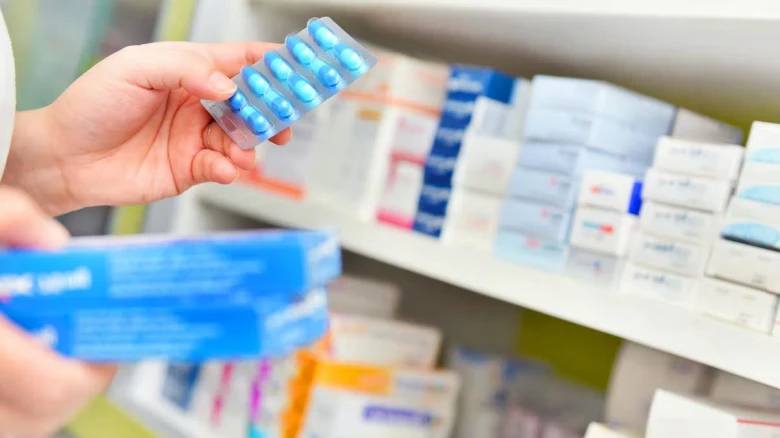Once authorised, the 1945 Drugs and Cosmetic Rules revisions will take effect in May of the following year.
Digital Desk: The government is completing the process of requiring pharmaceutical businesses to print bar codes on the packages of 300 drug formulations so that information such as manufacturing licence and batch number can be obtained upon scanning to combat the threat of fake medicines.
Once authorised, the 1945 Drugs and Cosmetic Rules revisions will take effect in May of the following year.
"Many of the medications on the list are typically purchased over the counter, putting consumers at risk of ingesting substandard medications. This revision intends to stop the distribution of fraudulent medications and ensure that public healthcare is improved "a trusted source informed PTI.
The official added, "A bar code or QR code will certify whether a certain medicine is original or not."
In June, the Union Health Ministry released a draft gazette notification on the subject, asking for public comments.
The ministry is putting the final touches on it in light of the feedback and additional thought.
Manufacturers of 300 drug formulation products as listed in Schedule H2 of Rule 96 of the Drugs and Cosmetics Act will be required to print or affix bar code or quick response code that store data or information legible with a software application to facilitate authentication on its primary packaging or secondary package label.
Information such as the unique product identification code, the proper and generic names of the drug, the brand name, the name and address of the manufacturer, the batch number, the date of manufacture and expiration, and the manufacturing licence number must all be included in the stored data or information.
300 drugs from prominent pharmaceutical brands that account for about 35% of the market share will be included in this first phase, and by December of next year, all medications may be covered.
The medications include T-bact ointment, undesirable kit, and Volini spray, as well as Allegra, Amlokind, Azithral, Betadine, Calpol, Ceftum, Combiflam, Dolo, Dulcoflex, Ecosprin, Gelusil, Jalra, Lantus, Manforce, Meftal Spaz, Shelcal, Human Mixtard, Pan 40, Otrivin, Pantocid, Rantac.
In a meeting held in November 2021, the Drugs Technical Advisory Board (DTAB) suggested adding a bar code or QR code to the top 300 brands of medicine formulations.

Leave A Comment